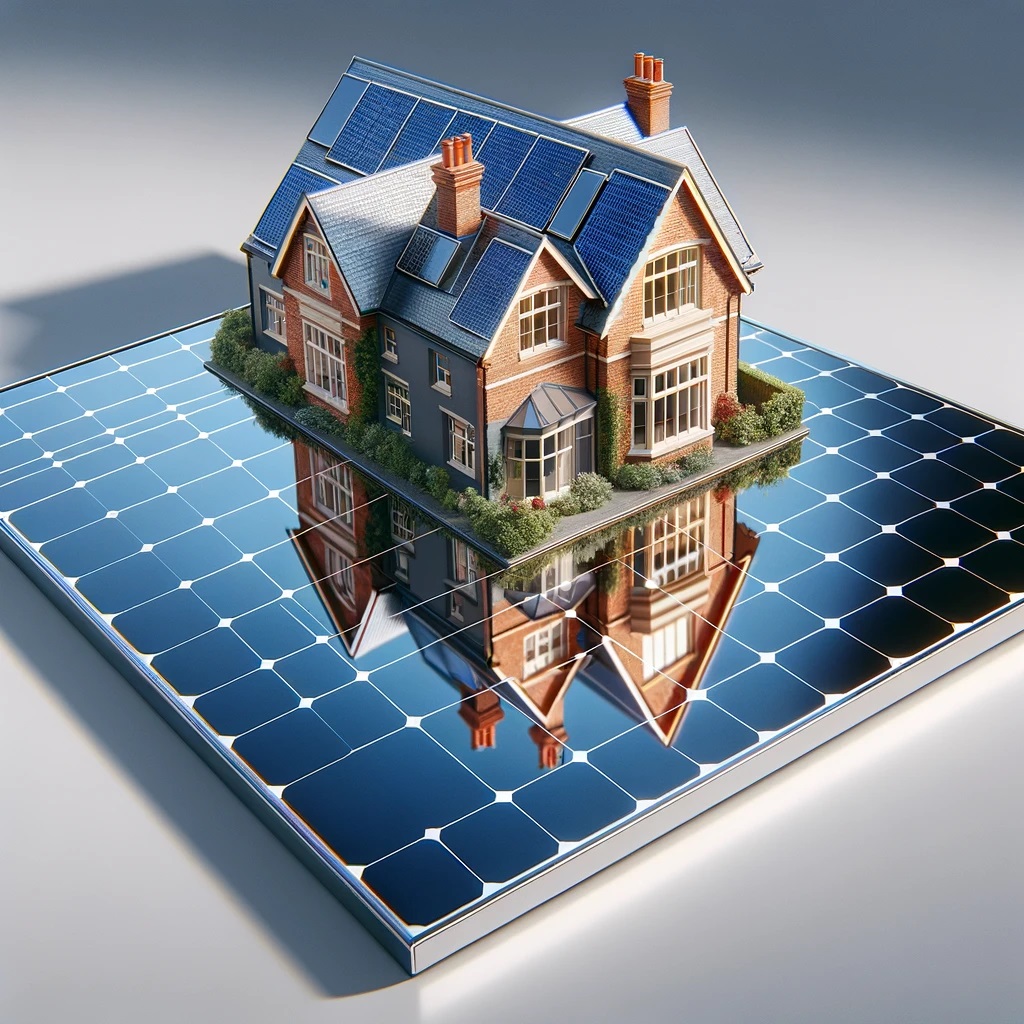Here are some of the latest technologies that were being researched and developed.
- Perovskite Solar Cells: Perovskite solar cells have gained significant attention due to their high efficiency potential and low manufacturing costs. They can be made using inexpensive materials and manufacturing techniques such as solution processing. Researchers are working to improve the stability, scalability, and commercial viability of perovskite solar cells.
- Tandem Solar Cells: Tandem or multi-junction solar cells combine different materials with varying bandgaps to capture a broader spectrum of sunlight and increase efficiency. This technology has the potential to surpass the efficiency limits of traditional silicon solar cells. Researchers are exploring various material combinations and fabrication methods to optimize tandem solar cell performance.
- Bifacial Solar Panels: Bifacial solar panels can capture sunlight from both the front and back sides, increasing energy generation compared to traditional monofacial panels. These panels are particularly effective in environments with high albedo, such as snowy or reflective surfaces. Continued research focuses on improving the efficiency and durability of bifacial solar panels.
- Transparent Solar Panels: Transparent solar panels can be integrated into windows, skylights, and building facades to generate electricity while allowing light to pass through. This technology has the potential to turn building surfaces into power-generating assets without compromising aesthetics or visibility. Researchers are working on improving the transparency, efficiency, and scalability of transparent solar panels.
- Organic Photovoltaics (OPV): Organic photovoltaics use organic materials, such as polymers or small molecules, to convert sunlight into electricity. OPV offers advantages such as flexibility, lightweight, and low-cost manufacturing compared to traditional silicon-based solar cells. Ongoing research aims to enhance the efficiency, stability, and scalability of organic photovoltaics for commercial applications.
- Floating Solar Farms: Floating solar farms deploy solar panels on bodies of water, such as reservoirs, lakes, and ponds, to generate electricity while conserving land space and reducing water evaporation. This technology has gained popularity in regions with limited land availability or where land is expensive. Continued innovation focuses on optimizing floating solar farm design, anchoring systems, and environmental impact assessments.
These are just a few examples of the latest technologies being developed in the field of solar panels. Research and development efforts continue to drive advancements in efficiency, cost-effectiveness, durability, and application versatility, with the aim of accelerating the global transition to renewable energy.


